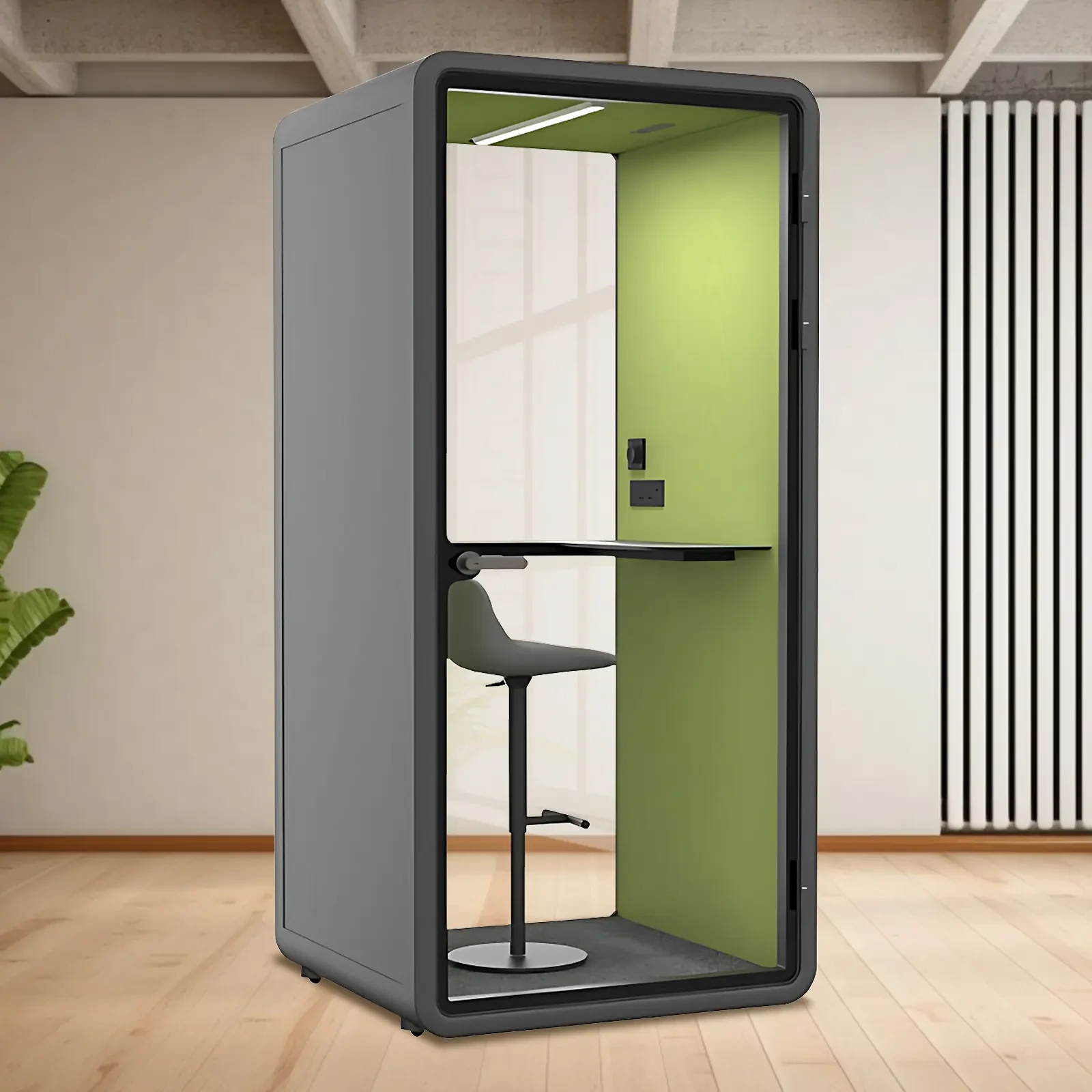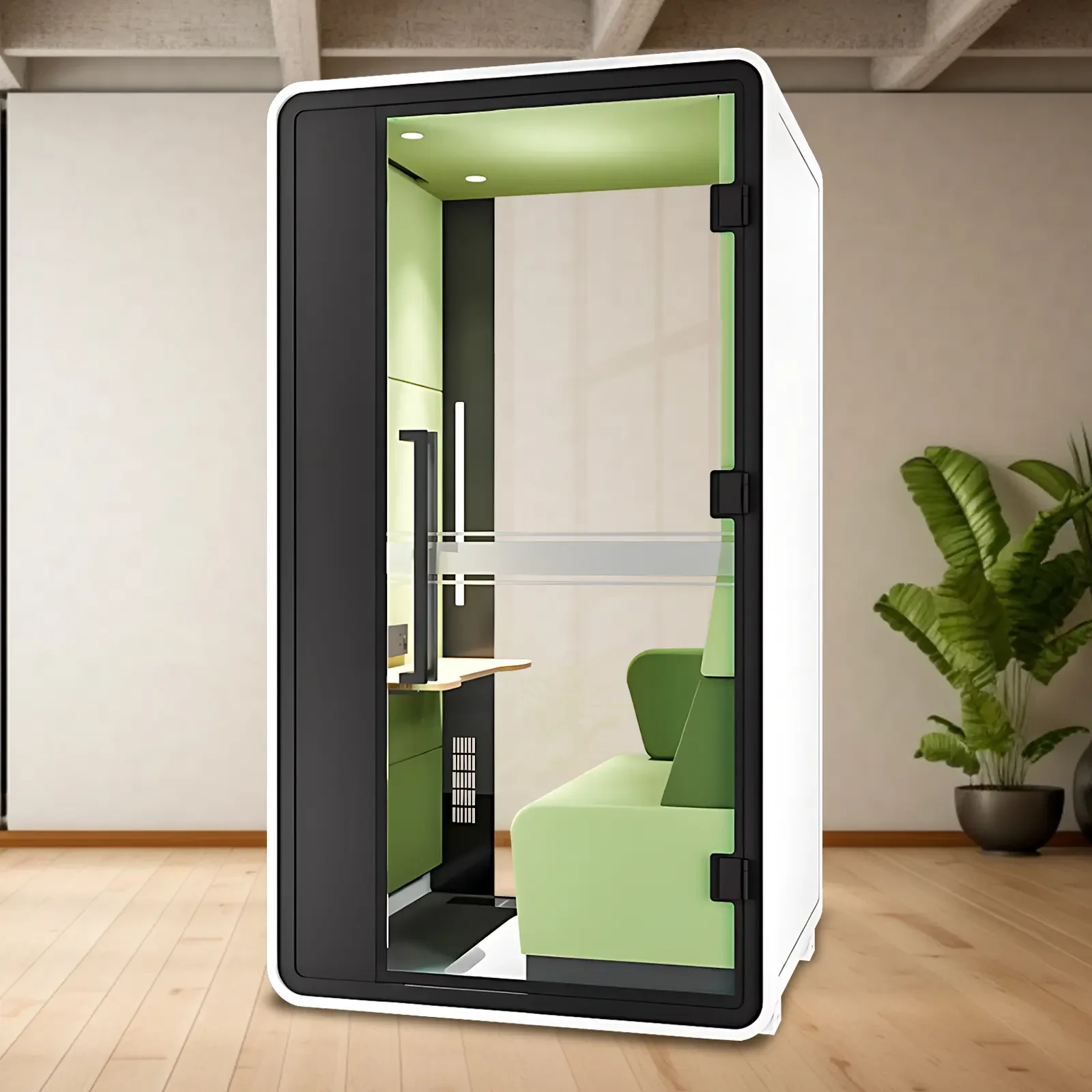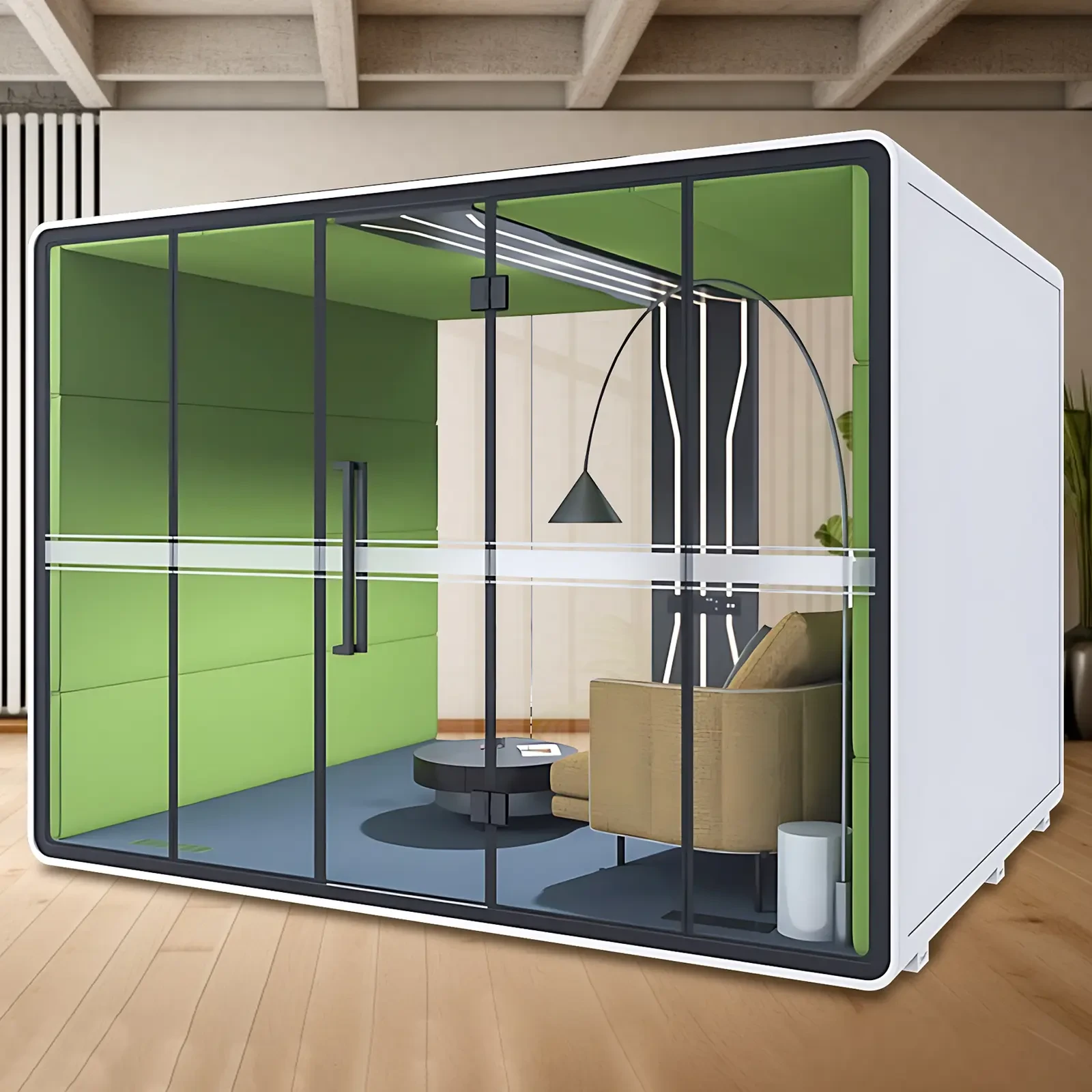To make your home or office peaceful and quiet, however, you cannot just hope for a tranquil space to suddenly appear. It takes skilled and strategic planning when discussing “how to make a room soundproof”, a lot of know-how regarding low-tech (and some high-tech) solutions, and, most importantly, a remedial acoustic treatment plan to achieve a significantly reduced noise level in the space you occupy.
Are you plagued by the sounds of next-door neighbours, endless traffic, or the disruptive noise of outdoor activities that sometimes feel like they are playing on repeat? You don't need to rely on earplugs to block out the noise as you try to work or command your space in it. Instead, you can fight back using the principles of room acoustics.
Sound Transmission and Acoustic Principles: An Overview
Making a space soundproof necessitates an understanding of sound itself and how it interacts with various materials and media. Understanding how sound penetrates different materials, as well as how much and what kind of sealing is required at seams, joints, and in penetrations through walls, is a prerequisite to implementing any kind of effective soundproofing strategy.
Obstacles and barriers work to deflect, absorb, or transmit sound; therefore, identifying the specific sources and pathways of sound is the first step toward devising a remedy.
Pathways and mediums for sound can include any of a number of materials found in construction and object design. Sound travels through the air, through solids, and along the surfaces of solids; it does not travel through a vacuum (in outer space, for instance).
Sound also travels through and along water; any design that depends on transmission through or into the water must take into account the vastly different speeds of sound in these two essentially liquid states.
Methods for Wall Treatment to Achieve Peak Sound Reduction
Simple yet effective principles that are followed in physics lie behind the treatments that can be applied to walls to achieve room soundproofing. The most significant impact on room acoustics comes from treating the walls, which represent the largest surface area and primary barrier against sound transmission from adjacent spaces.
Adding mass to existing walls through additional layers of drywall, mass-loaded vinyl, or specialised acoustic panels can substantially reduce sound transmission. These principles and treatment methods that follow them can be further explained by providing a thorough description of each element involved in the construction of a wall.
Our wall assembly acts in the same manner as a loudspeaker. The push of sound waves is greatly reduced from moving through two massier surfaces (or equivalent-partial 10-11 surface areas) than if the sound were moving through just one (or one equivalent-partial) surface area.
Hence, the technique of how to make a room soundproof involves the increased energy absorption and transmission loss that results from adding mass to our walls and performing the (unseen) carpentry necessary to achieve the aims of wall soundproofing.
Strategies and Materials for Soundproofing Floors
The noise that carries through floors generates from impacts like footsteps, falling objects, or moving furniture—essentially anything that hits the floor or resonates near it. Because what goes on in one room can so easily be heard in another if they're even slightly close, floor soundproofing gets challenging.
Many of the same soundproofing tactics work for the ceiling as they do for soundproofing the floor, with some notable exceptions. Installing heavy carpet with thick padding and decent area rugs, along with a few well-placed bass traps, is pretty effective for making a room sound better insulated from what happens below.
When discussing how to make a room soundproof, most of the best soundproofing strategies won't be effective unless you address the flooring gaps first. Once you do that, you've got a solid list of tactics to consider.
Solutions for Soundproofing Doors and Windows
Most room soundproofing systems are weakest where doors and windows are located. This is because of the way these structures are built, the way they are installed, and the way they have to work, within certain constraints, to be usable.
Make the door or window assemblies more substantial, and you improve sound isolation. They also have to be functional, and that means that air must get in and out. If air can get in and out, so can sound. Sealing the edges with weather stripping or a sound seal, along with using a door sweep and putting the door in a (not too tight) close, helps.
If you space out sound absorption panels on the wall itself in front of the door, so that they are not in the way of the door opening and closing, then use those same principles around a window.
The Super Large Soundproof Room - 140" executive office & Independent Office is a premium, modular workspace ideal for open-plan offices. Designed for companies that struggle with limited meeting rooms, this soundproof pod provides a quiet retreat from open-office distractions and impromptu discussions. It comfortably fits 4-6 people and offers exceptional sound insulation, reducing noise by 30-40 decibels with 4 layers of advanced soundproofing. Whether you're prepping for a meeting or brainstorming with executives, you can work without worrying about interruptions. Plus, its warm LED lights add a touch of comfort during late hours or cloudy days, making it a great space for video conferences or team sessions.
Recommendation
X-comfot offers complete soundproofing solutions and consultation services that ensure an optimal acoustic environment in your space. We use materials of the highest professional calibre and proven installation techniques to get you to the level of acoustic comfort you desire. Our range of products is extensive, our knowledge is specialized, and we ensure that each soundproofing project we undertake is effective, long-lasting, and tailored specifically to meet the needs and budget of the individual client.

 USD
USD
 GBP
GBP
 EUR
EUR






